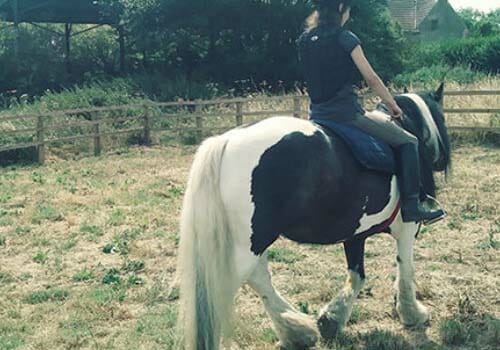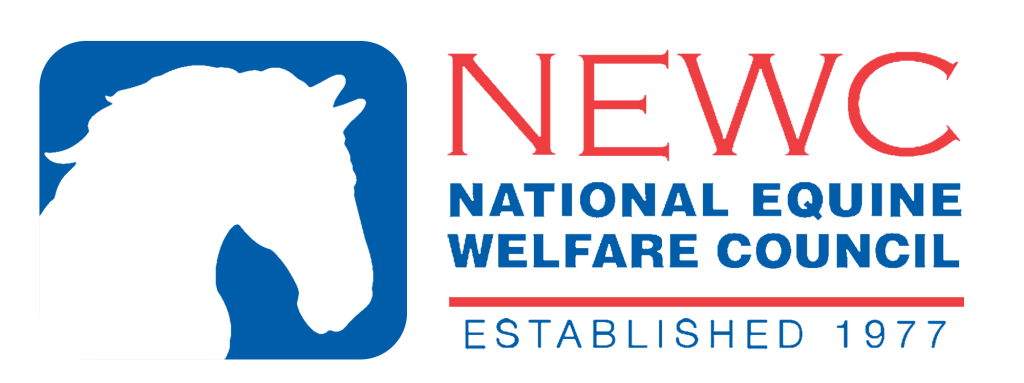
Freedom from Hunger and Thirst
Horses need to have access to good quality forage (hay/grass) as they are trickle grazers with small stomachs that produce acid constantly. If they were to go for long periods without food they could develop health problems such as stomach ulcers. It is also very stressful for them.
Clean fresh water should be available at all times.
Freedom from Discomfort
Horses need to be kept comfortable. This includes basic maintenance of their teeth through rasping at least annually and hoof trimming every 2-3 months so the feet are not allowed to become too overgrown, stretching the tendons of the legs causing lameness.
Freedom from pain, injury and disease.
Adequate safe fencing should surround the paddocks where the horses graze to minimise risk of injury and vaccination be given to protect them from specific diseases/infections. Correctly fitting tack/rugs are also important so as not to cause pain and suffering whilst being ridden.
Freedom to express normal behaviour.
Being turned out for at least part of the day is very important, not only for them to stretch their legs and forage but also for them to interact with other horses as they are social animals. They should not be kept in isolation with no ability to interact with others. The field should have cover, such as a field shelter or thick hedging or trees to protect them from hot sun, wet, windy weather and biting flies.
Freedom from fear and distress.
Horses need to be as distress free as possible. Things that can cause distress are being separated from other equines for long periods and harsh or thoughtless training practices. They should be trained with kindness, giving them time to understand what is being asked of them and not punished for a lack of understanding.
Each horse is an individual and will have its own specific needs. The ones at the sanctuary may have suffered some trauma or neglect in their past so may need their management modifying to suit their individual needs. They may need slow rehabilitating to get them over previous abuse or trauma. Here at the sanctuary the horses are all assessed and the treatment/training tailored to suit each individual.
View our Privacy Policy for more information


Adoption / Rehoming & Equine Centre – appointment only.
Please be aware that we cannot allow any visitor’s dogs on site, except for Guide/Assistance dogs. This is for the safety of you, your dogs, and our animals.
Open Everyday from 9.00am until 3.00pm
Todwick Road Open from 9.00am until 3.00pm everyday.
Crystal Peaks Charity Shop
Open Monday-Saturday 9.00am until 5.00pm, Sunday 10.00am until 4.00pm
Mon-Tue: Closed Wed-Sun: 11am-3pm